Tom Garncarz
Product Designer
Email me!
One of ChargeLab’s main products is a web and mobile application for helping electric vehicle (EV) drivers locate and use chargers.
Over the course of my time as the sole designer—followed by head of design—at ChargeLab, I completely redesigned both driver apps, with the goal of creating a fast, frictionless, and consistent experience on both platforms.
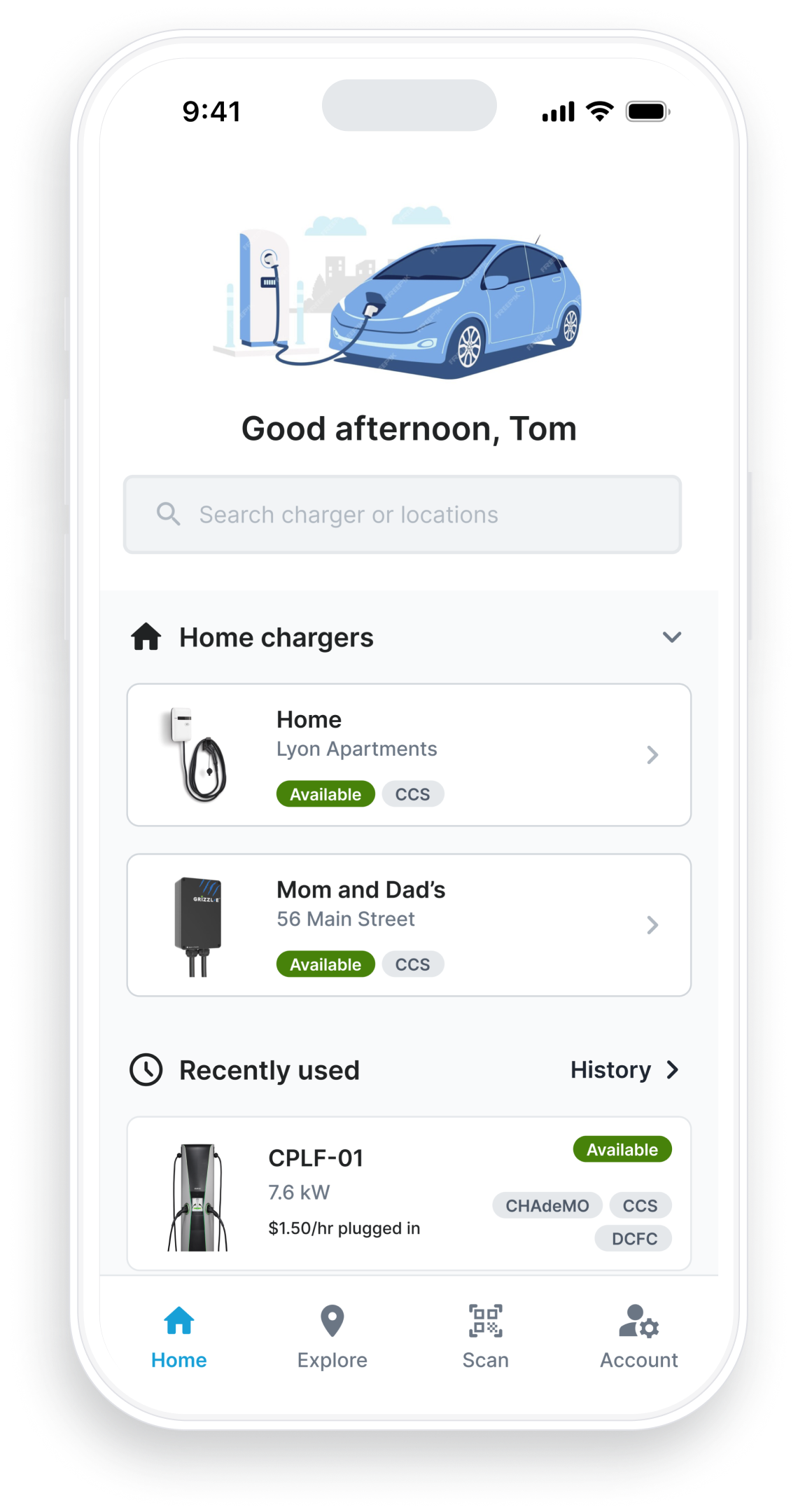
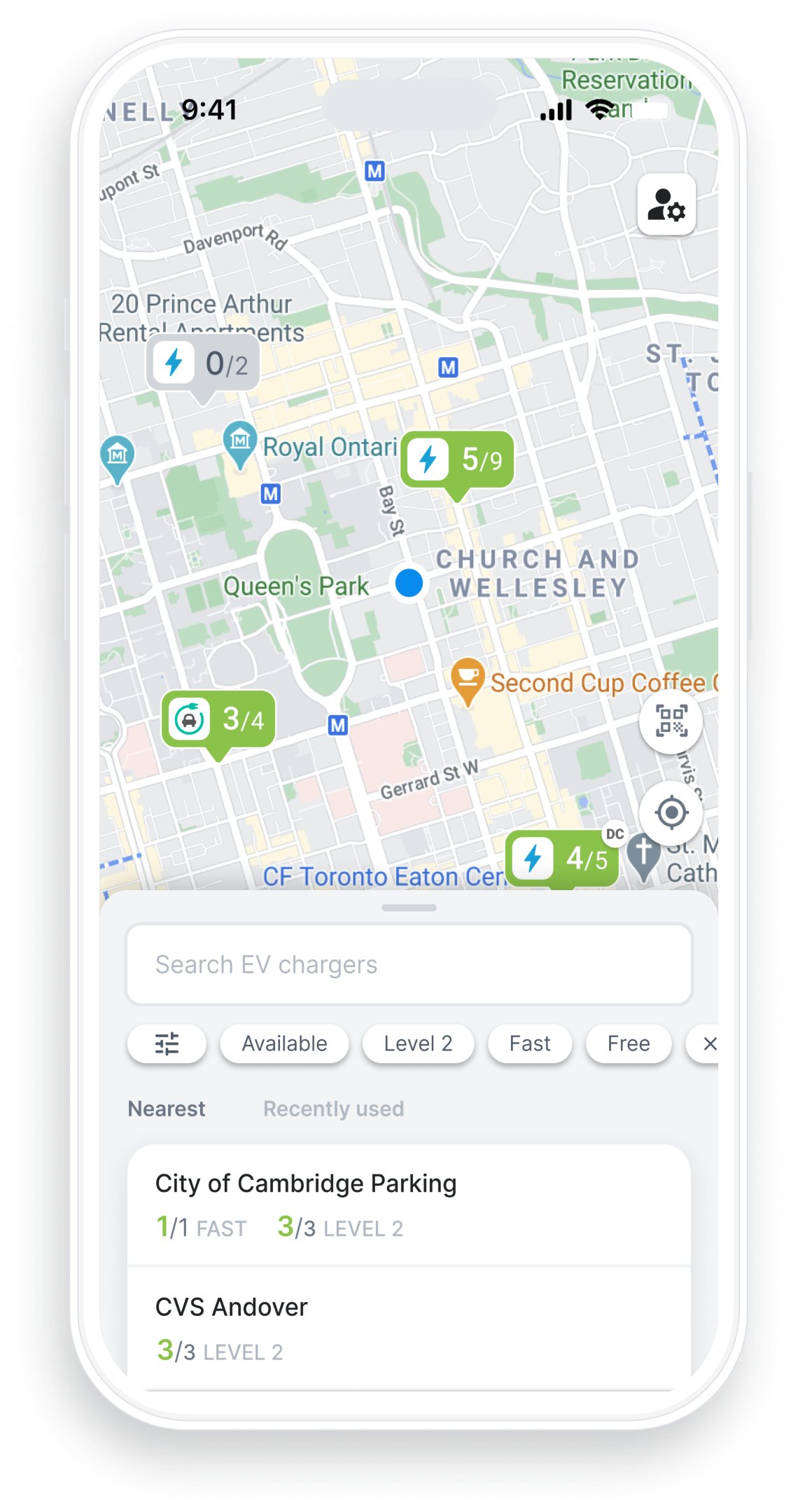
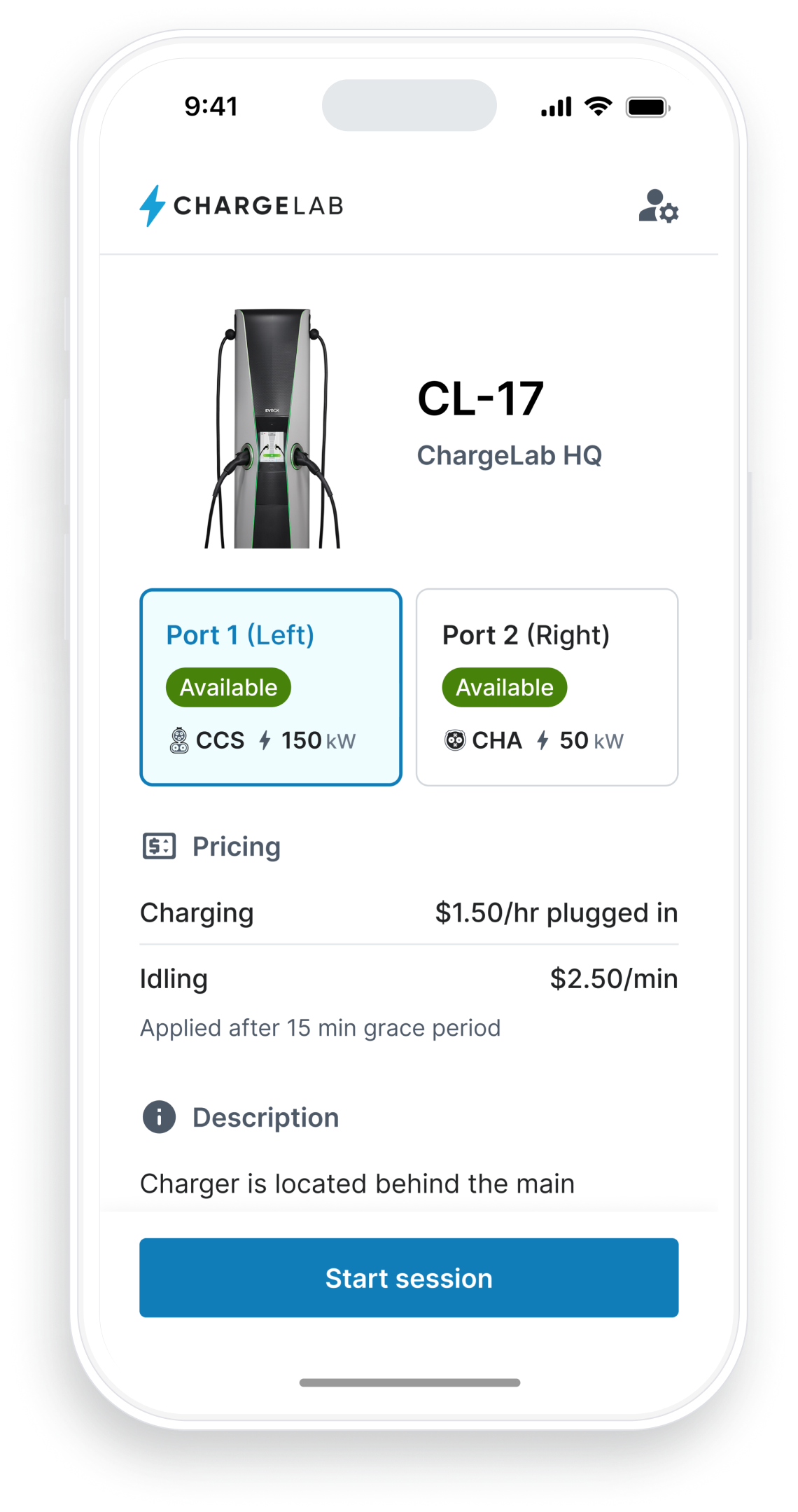
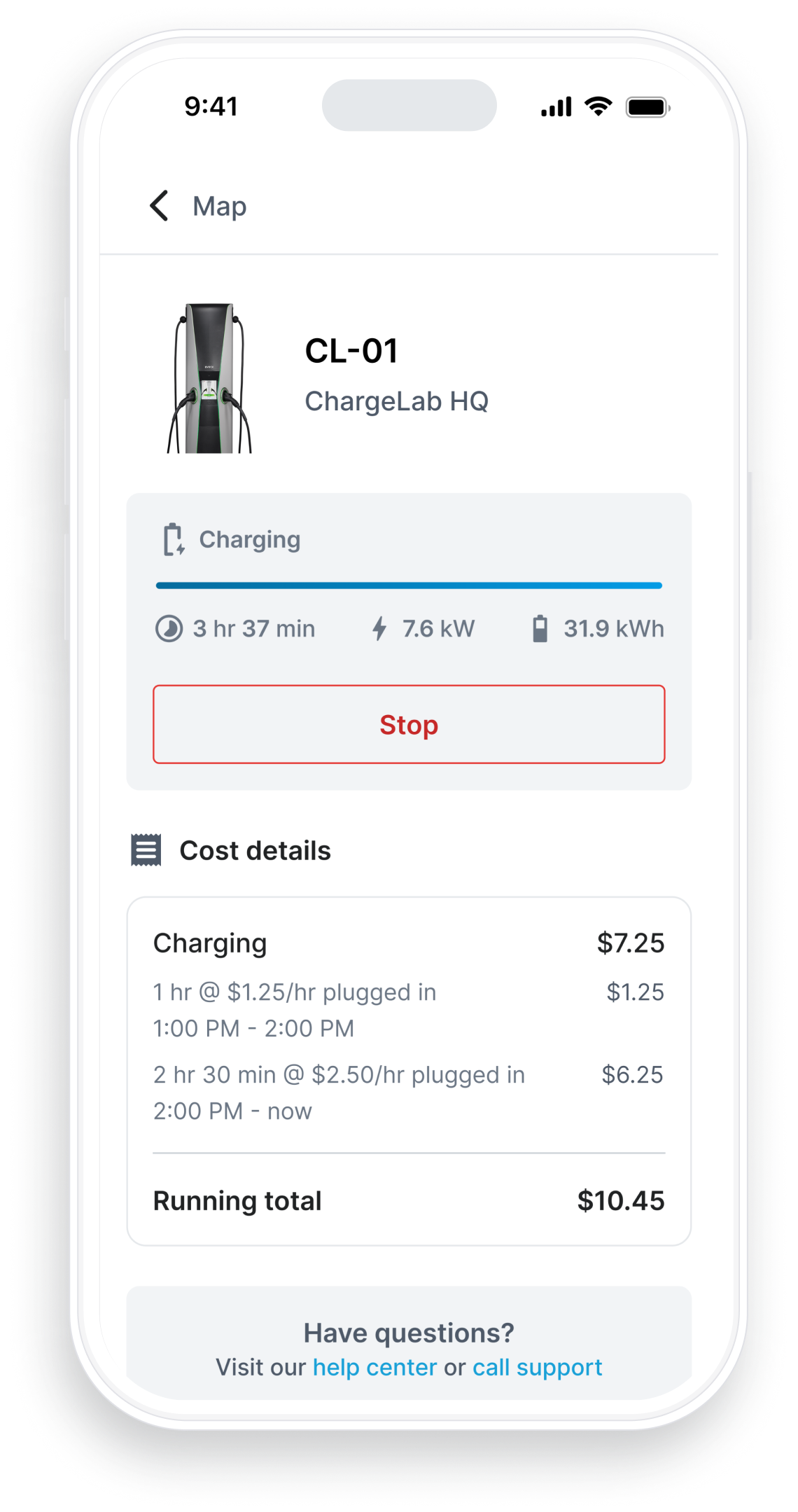
Scroll
Focal points
This section focuses in on a few specific user insights and how they informed my design decisions.
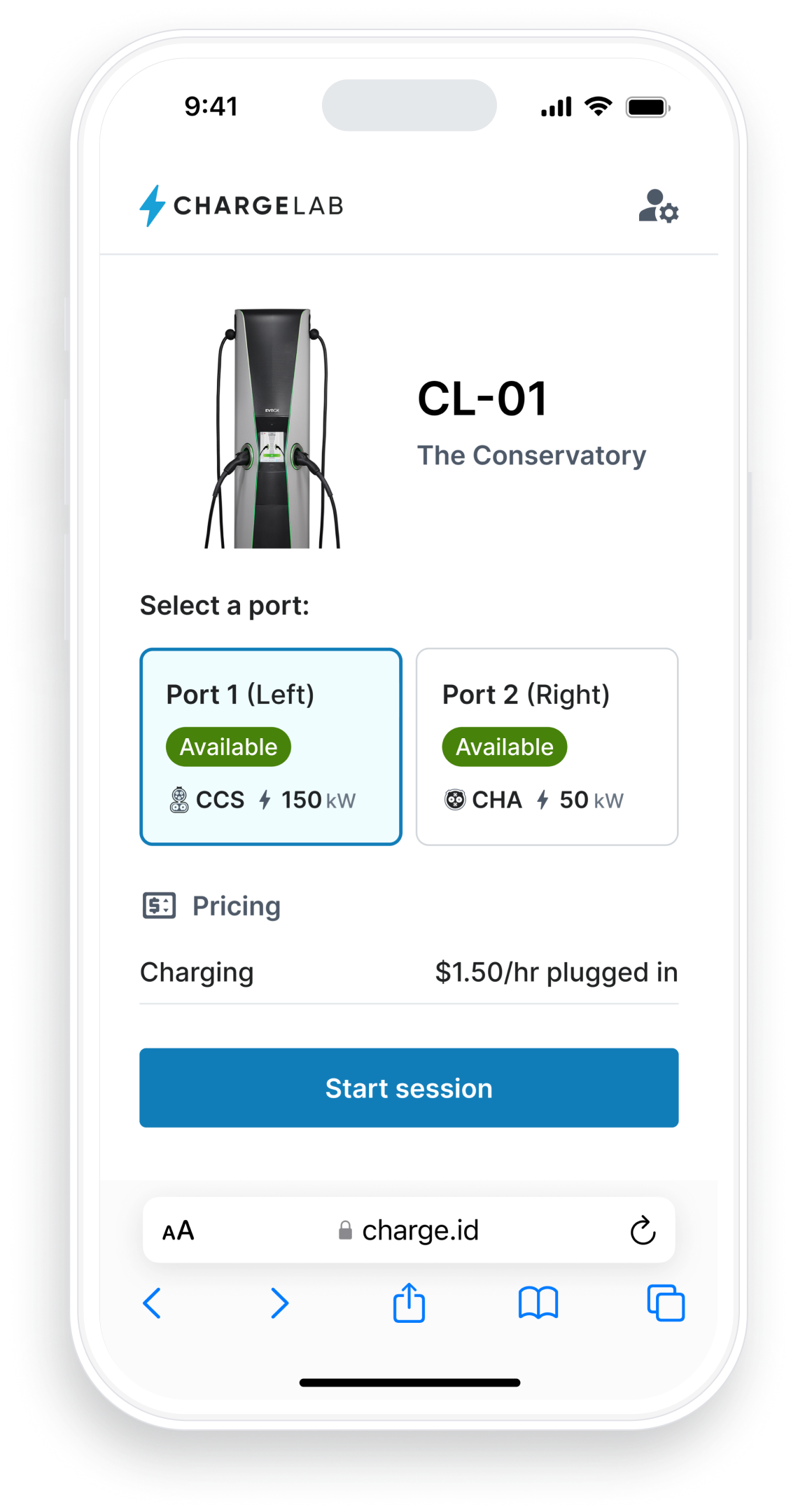
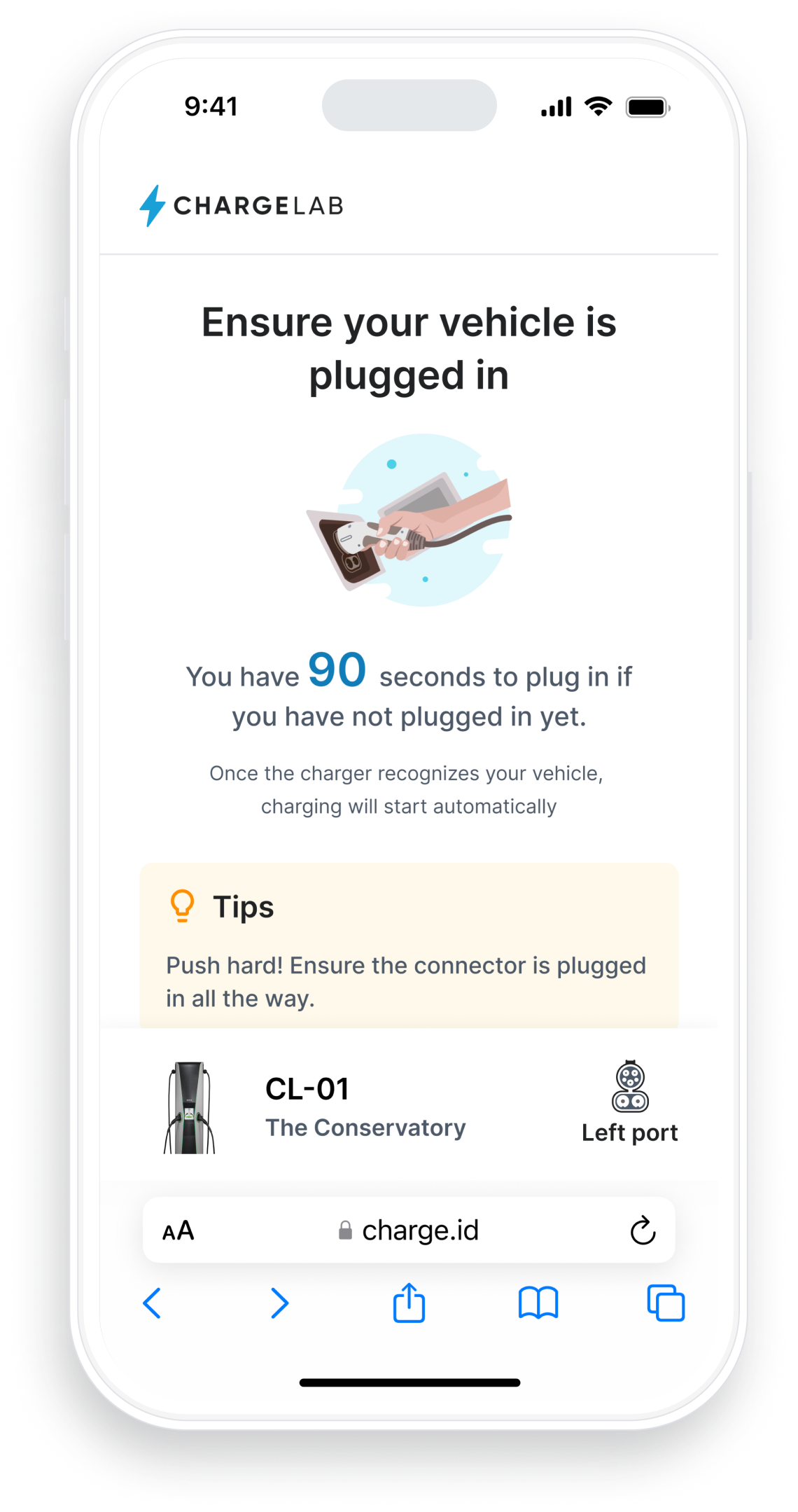
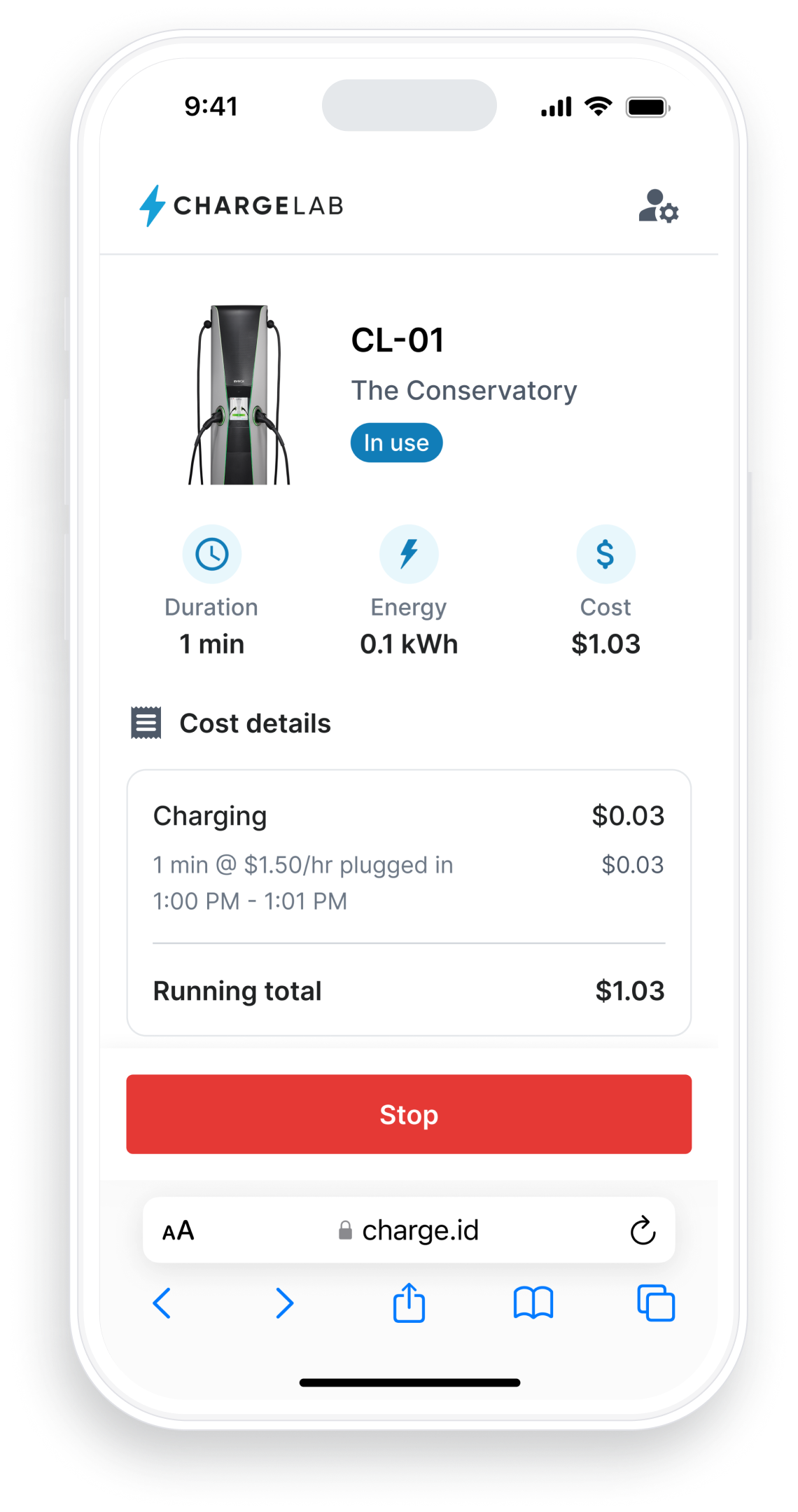
Scroll
Many, many of our users are first-time EV drivers, meaning they often don’t know what to do when they pull up to a charger.
It was important to segment each step in the process, while providing lots of feedback along the way.
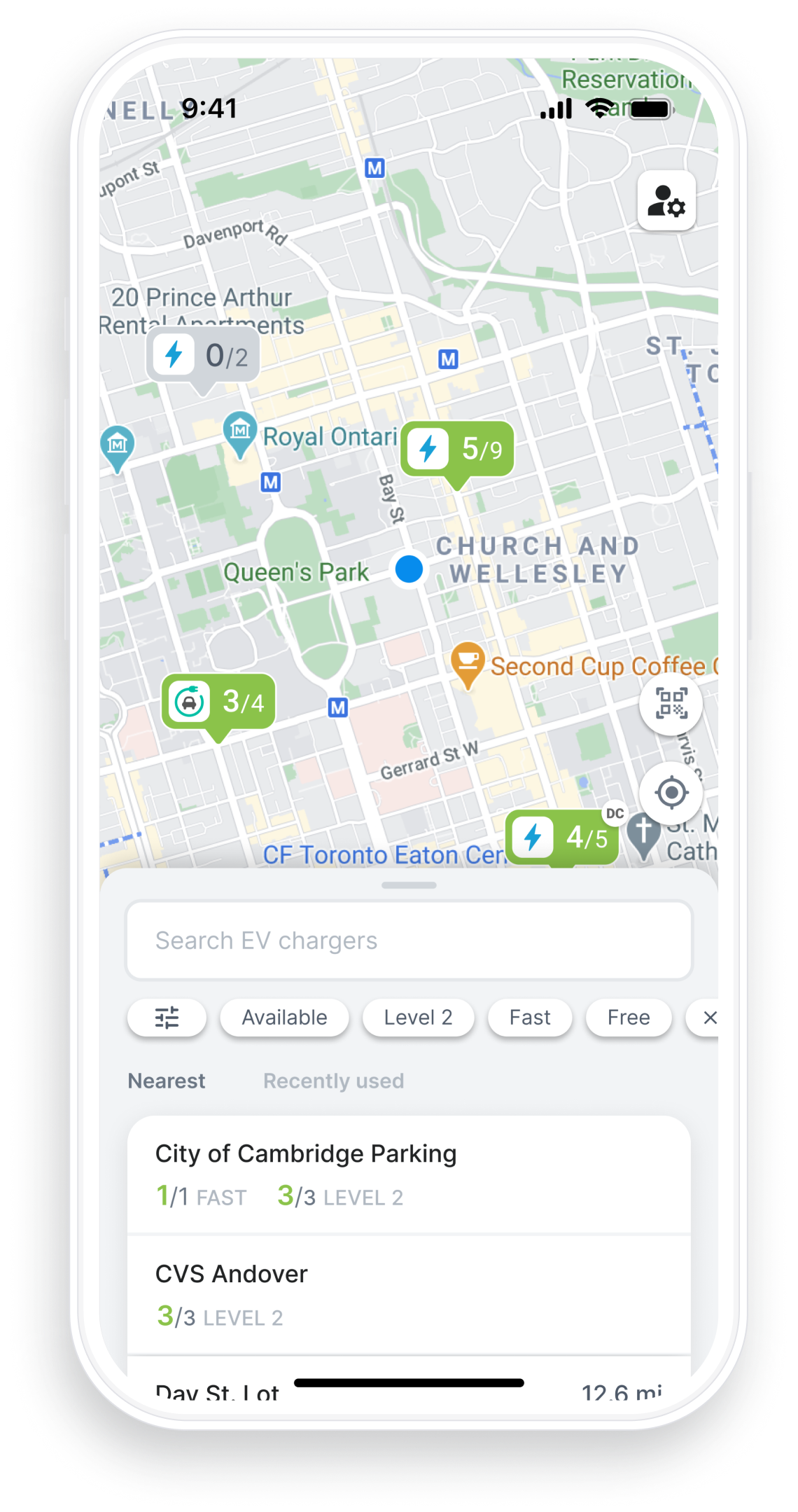

The new, single-card layout for the app allowed us to place the focus on finding a charger as quickly as possible...

...while providing room to iterate and expand in the future.
Tom Garncarz
Product Designer
Send me an email!






Many, many of our users are first-time EV drivers, meaning they often don’t know what to do when they pull up to a charger. It was important to segment each step in the process, while providing lots of feedback along the way.


The new, single-card layout for the app allowed us to place the focus on finding a charger as quickly as possible...

...while providing room to iterate and expand in the future.
Tom Garncarz
Product Designer
Send me an email!







Many, many of our users are first-time EV drivers, meaning they often don’t know what to do when they pull up to a charger.
I had to take care to segment each step in the process, while providing lots of feedback along the way.


The new, single-card layout for the app allowed us to place the focus on finding a charger as quickly as possible...

...while providing room to iterate and expand in the future.